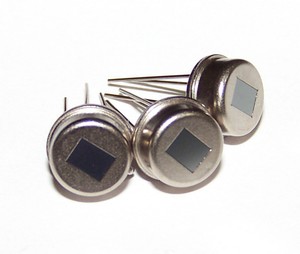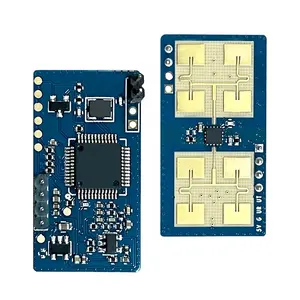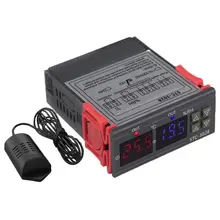Sensor with SIM: An Overview
The integration of SIM card technology into sensors has revolutionized remote monitoring and security systems. A sensor with SIM refers to a device equipped with a SIM card, enabling it to send data over cellular networks. This capability is crucial for applications where real-time alerts and remote access are paramount.
Types and Applications
There are various types of sensors that incorporate SIM technology, catering to diverse applications. Loadcell pedals, for instance, are used in high-precision environments like racing simulators, providing feedback for brake force. Similarly, load cell brake pedals are crucial in industrial settings for monitoring and controlling pressure. The adaptability of SIM-enabled sensors extends to residential and commercial security, where they function as part of a larger security apparatus, responding to motion or specific hazards like fires.
Features and Materials
Sensors with SIM are designed with a range of features to suit different environments. Some are equipped with a Fanatec hall sensor, known for its precision in detecting magnetic fields. The materials used in these sensors vary from durable plastics to metals, ensuring longevity and reliability in various operational conditions.
Advantages of SIM-Enabled Sensors
The primary advantage of a sensor with SIM is its ability to communicate without the need for a wired connection or local network. This independence allows for deployment in remote locations. The sensors can be configured to ignore pets while responding to human movement, enhancing their effectiveness in security scenarios.
Customization and Integration
Customization is a key aspect of SIM-enabled sensors, allowing users to tailor the system to their specific needs. Whether it's integrating with smart home systems or setting up a network of sensors for comprehensive coverage, the flexibility is significant. Users can select from various power sources and sizes, ensuring that the sensor fits the intended application perfectly.
Choosing the Right Sensor with SIM
Selecting the right sensor with SIM involves considering the specific requirements of the environment it will be used in. Factors such as range, sensitivity, and the ability to operate in different weather conditions are important. With a broad selection available, finding a sensor that aligns with both residential and commercial needs is achievable without compromising on functionality.









































 浙公网安备 33010002000092号
浙公网安备 33010002000092号 浙B2-20120091-4
浙B2-20120091-4